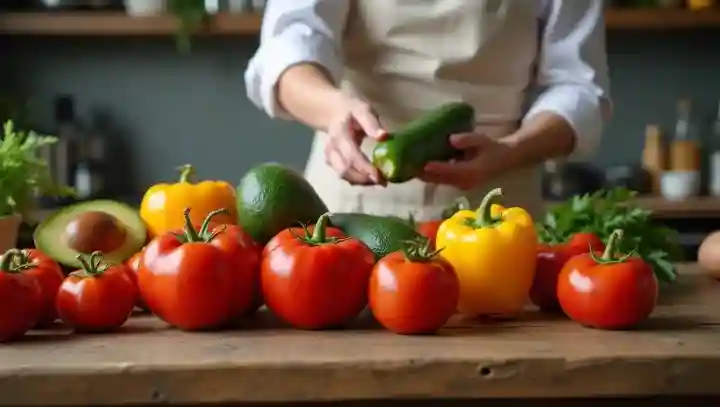
New York - Across educational institutions and kitchens globally, a common misconception about certain fruits being vegetables persists, influencing both nutritional understanding and dietary habits. Tomatoes, cucumbers, and avocados are prime examples often mislabeled due to cultural culinary contexts. According to Dr. Emily Richards, a botanist at Columbia University, this confusion stems from the difference between botanical definitions and culinary uses. 'Botanically, these items are fruits because they develop from the flower’s ovary and contain seeds, but in kitchens, they are treated as vegetables due to their savory flavor profiles,' she explained. This classification ambiguity has sparked educational debates on how labeling affects children's learning about healthy eating. A recent survey conducted by the National Education Association revealed that over 60% of students incorrectly identify such fruits as vegetables, potentially impacting their dietary choices. Nutritionist Samuel Lee emphasizes the importance of accurate food classifications. 'Clarifying these differences can improve understanding of nutrients essential for a balanced diet and encourage fruit consumption,' Lee stated during a public forum held in Manhattan. As this issue gains prominence, educational authorities in New York are considering curriculum adjustments to better address botanical facts alongside culinary customs. Such changes aim to equip students with clearer nutritional knowledge, fostering healthier lifestyles amid rising dietary concerns.